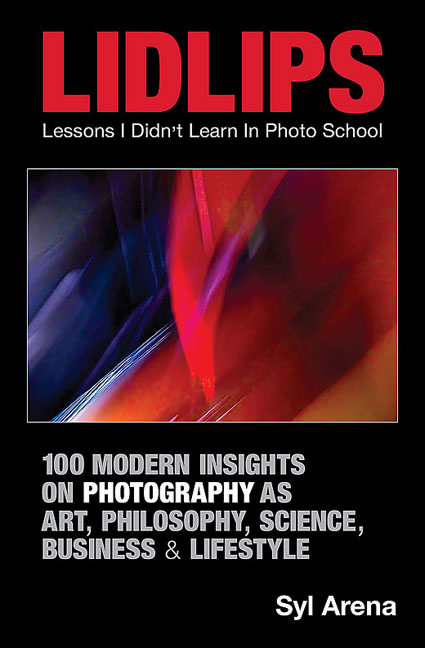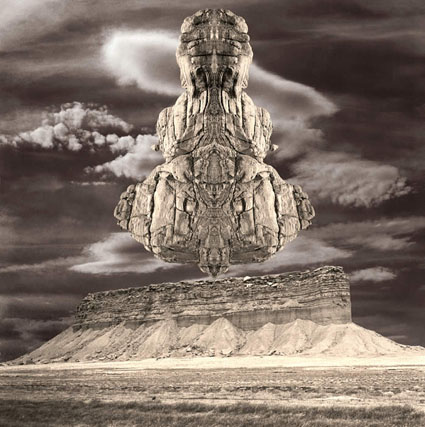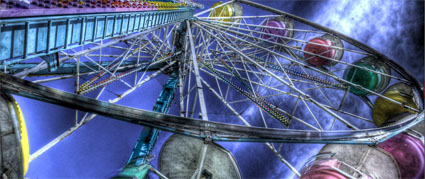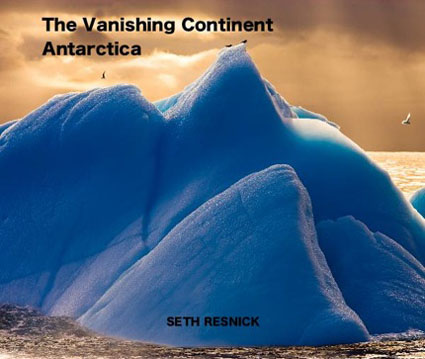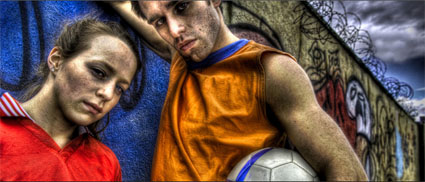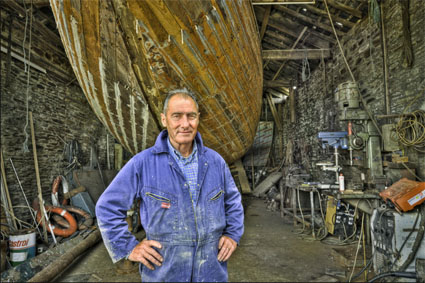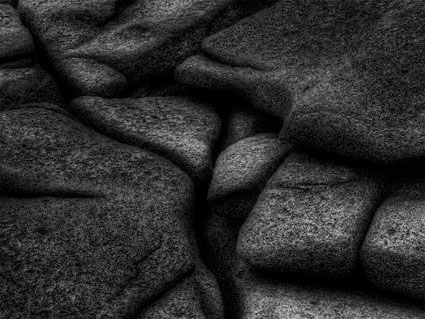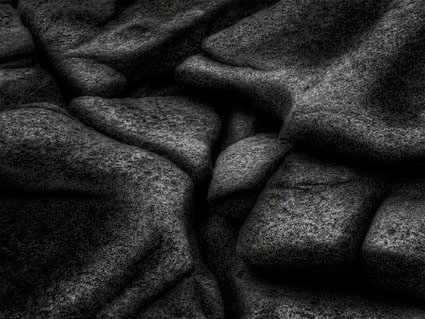
Alumni Gil Maker recently became a gallery partner with 9 other photographers. He shared some insights about why and what he’s learned so far.
In 2007 I decided to take the plunge and begin showing my work. I spent a lot of time visiting local galleries, presenting my work and waiting for answers. One of the galleries that offered to show my work was Image City Photography Gallery. After the show I was asked if I wanted to become a partner in the gallery. I accepted without hesitation. My main motivation was that I did not have to try to get galleries to show my work. We have new shows every 4 weeks and I now get to display my work without fear of a gallery saying no.
I did not join the gallery with any thought of making a profit. In fact none of the other partners do either. We have two goals for our gallery:
1. A place for us to constantly show our work.
2. To foster growth in photography and offer others a chance to have a gallery experience.
I have sold a few pieces, which is a nice extra.
What would I advice others in doing this? First, understand that you will probably not make a living from this. It is very hard work (as I am finding out). We have to constantly advertise for people to show their work. What we make per show does not cover out expenses. But if you really love photography and want to share that love with the community, then this is one way to do it. We have met many good photographers from Rochester, New York and have the chance to foster photographic interest in the community, make new friends and grow our own photographic aspirations. This is one of the best decisions I have made in my life.”
See more of Gil’s work here.



